This is Rachel. If you haven’t already made her acquaintance, she’s something of a hen starlet on my Facebook page where she is featured daily in all her fluffy cuteness. Rachel is a bantam frizzled Cochin. Cochin is her breed, bantam describes her miniature size and frizzle describes her unusual feathers. Genetics cause frizzled feathers to grow out and curl away from the body instead of growing flat and smooth following the body contour. Frizzle is not a breed, it is a genetically programmed feather type.
Cochin is her breed, bantam describes her miniature size and frizzle describes her unusual feathers.FACTS ABOUT FRIZZLED CHICKENS:
- Frizzles are most commonly found in the following breeds: Polish, Cochin, Plymouth Rock, Japanese and Silkies (Silkie frizzles are referred to as Sizzles)
- Frizzled feathers curl out and away from the skin instead of laying flat against it.
- Frizzles cannot fly and may find it difficult to roost if the roosts are positioned too high above the floor.
Frizzled feathers provide less protection from the cold than smooth feathers as it is difficult to trap warm air against their bodies with backwards-facing feathers. Frizzled genes are dominant. A smooth-feathered bird bred to a frizzled bird will result in 25% of the chicks possessing frizzled feathers.
Bantam Cochin Frizzles Monica, Rachel & Phoebe at 6 weeks old.Breeding a frizzled bird to another frizzled bird is undesirable due to the chance that the mating may produce “curlies,” an over-frizzled bird with feathers that are weak, brittle and break easily. (think: chicken with a really bad perm)
White bantam Cochin chicks Female with frizzled feathers on left. Male on right.



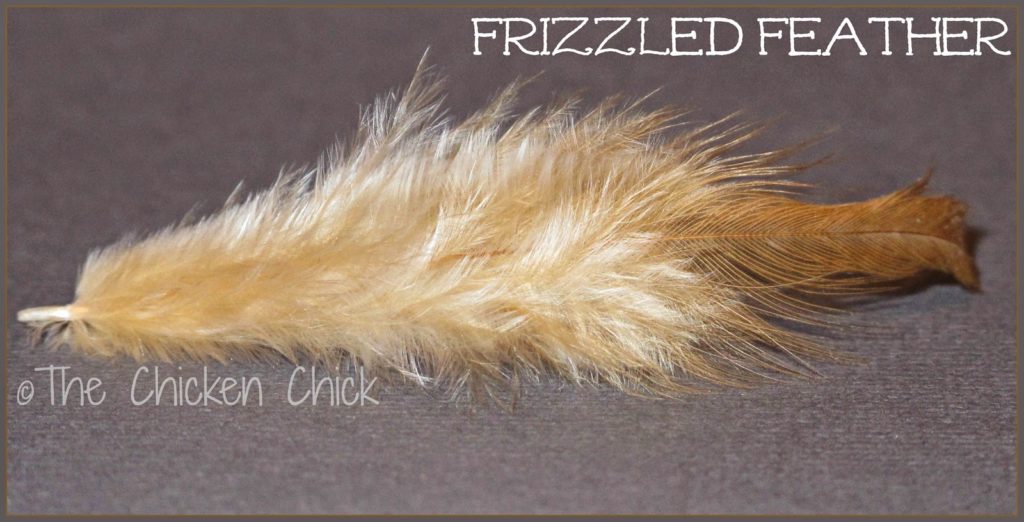
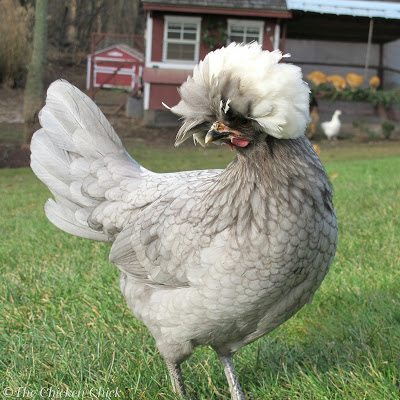
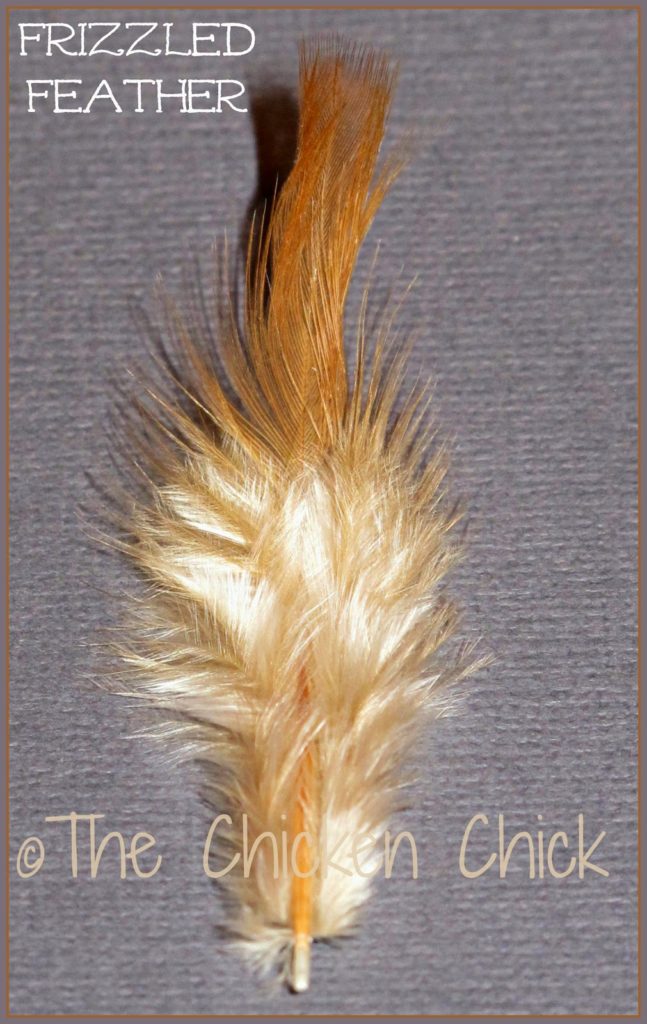
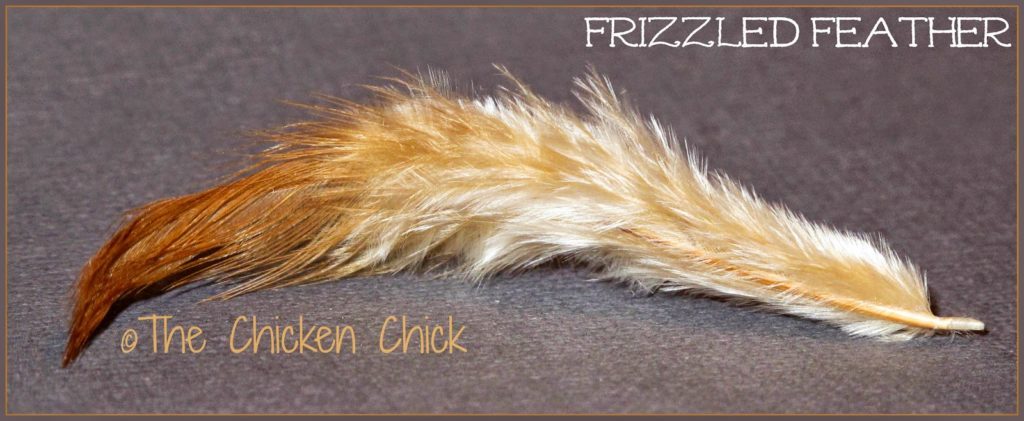
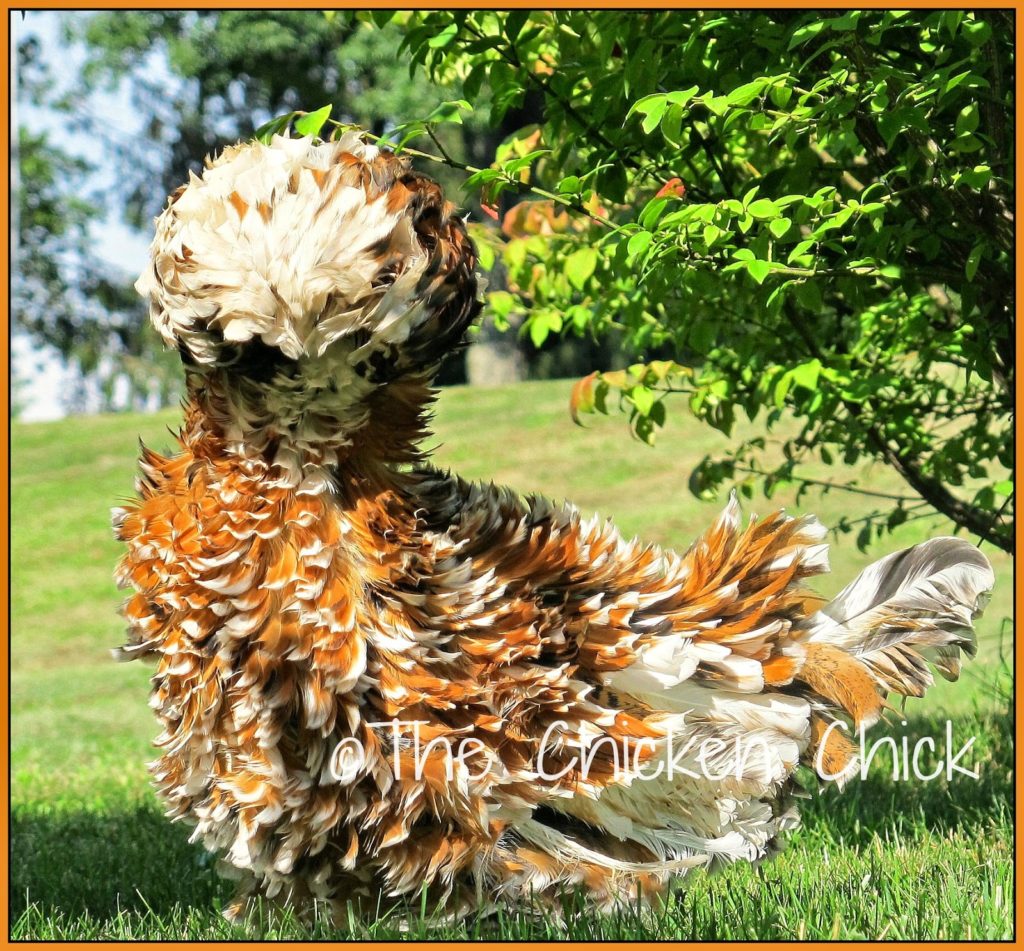
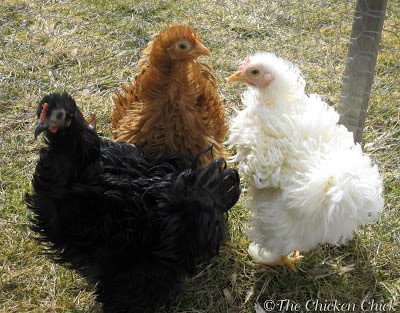
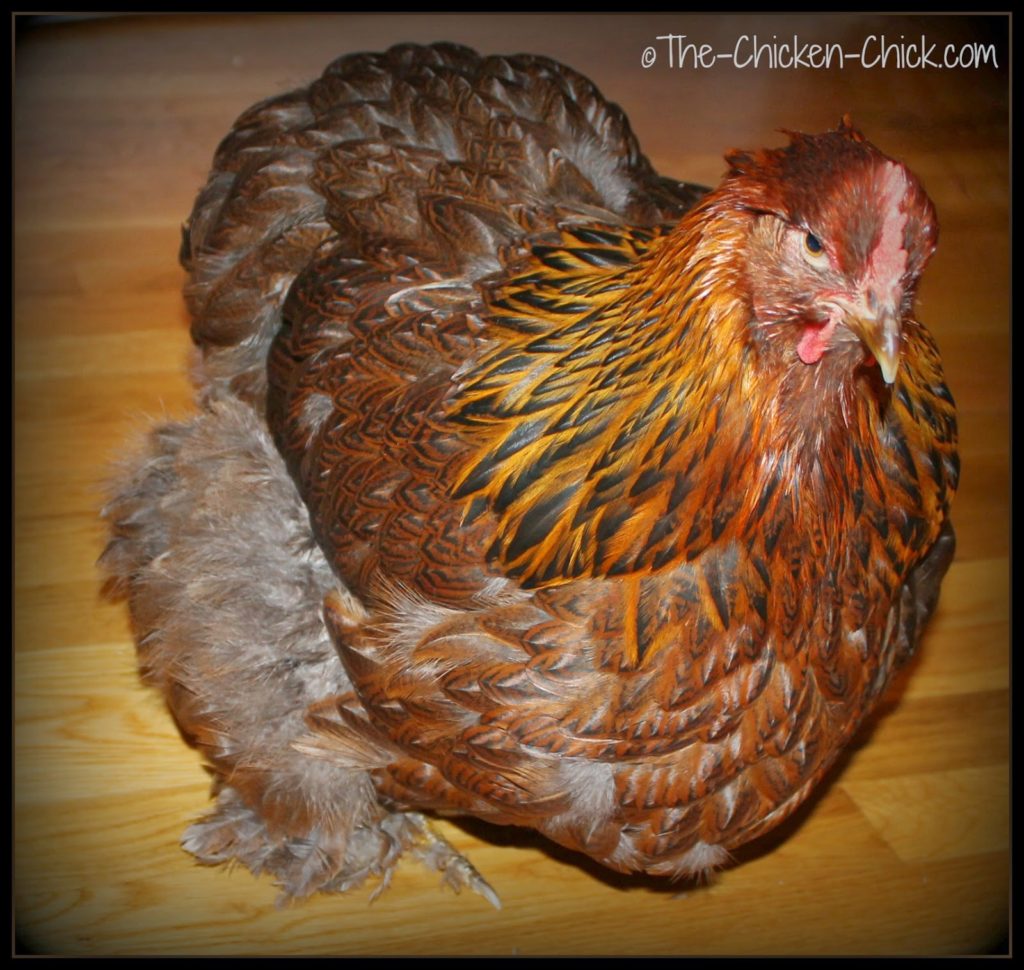
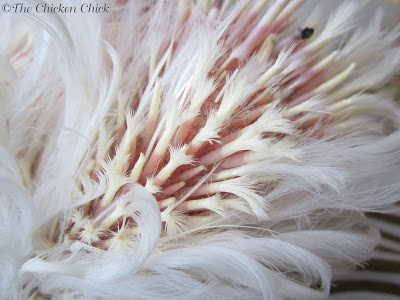
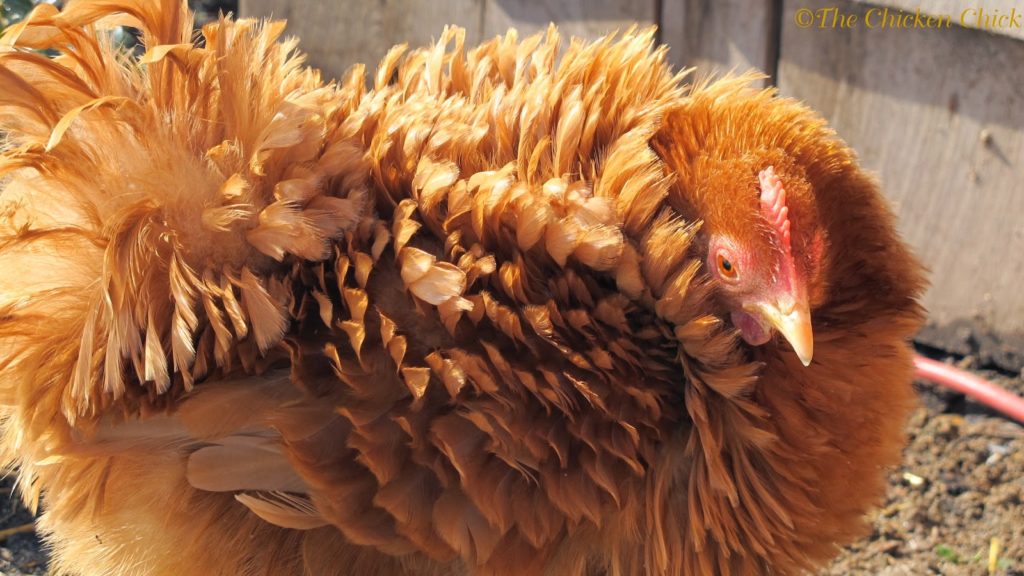



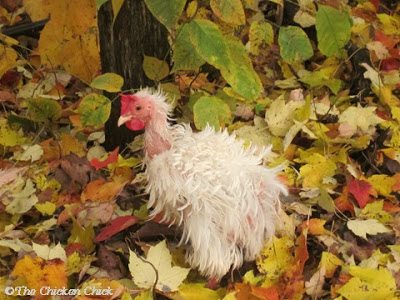
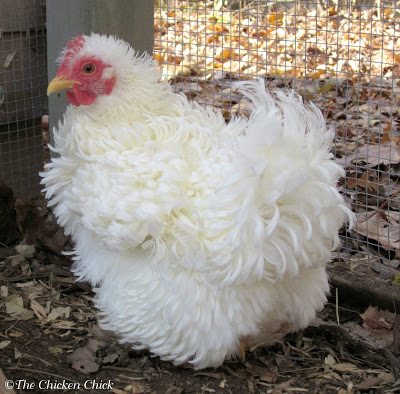
























I was so excited when I was able to purchase a Black Frizzle Cochin Bantam Hen last week. I am happy that I was able to read this blog because I was unaware that they would have a difficult time reaching high perches. I am going to install a lower level perch so when my little one grows up she will have a perch. By the way, your blog is great! I have learned so much from you. I would love to be able to win one of your prizes, my chicks are due to arrive by mail soon :… Read more »
Love Rachel and her frizzeled friends. Someday I'd like to get a few fun feathered birds to spice up my flock, but for now I love my smooth feathered girls just the way they are! And they would love the treats, I would love the Vetericyn!
Mealworms was the key to making friends with my new peeps!
I love your blog! I have learned so much here! Your Rachel is a beautiful bird! Would love to win! Thanks for all your information!
I would love to win this for my babies. Rachel is my favorite, she is so precious!